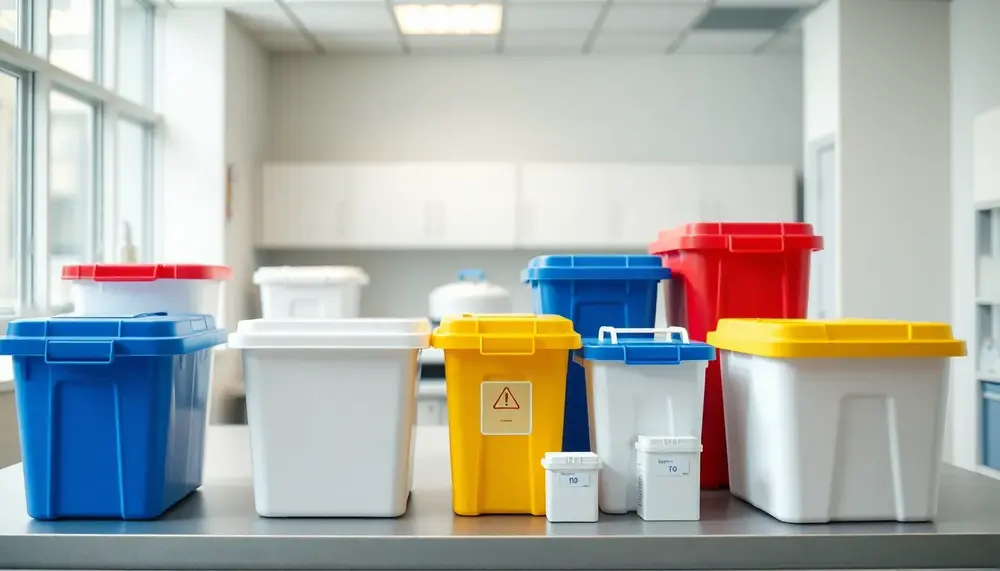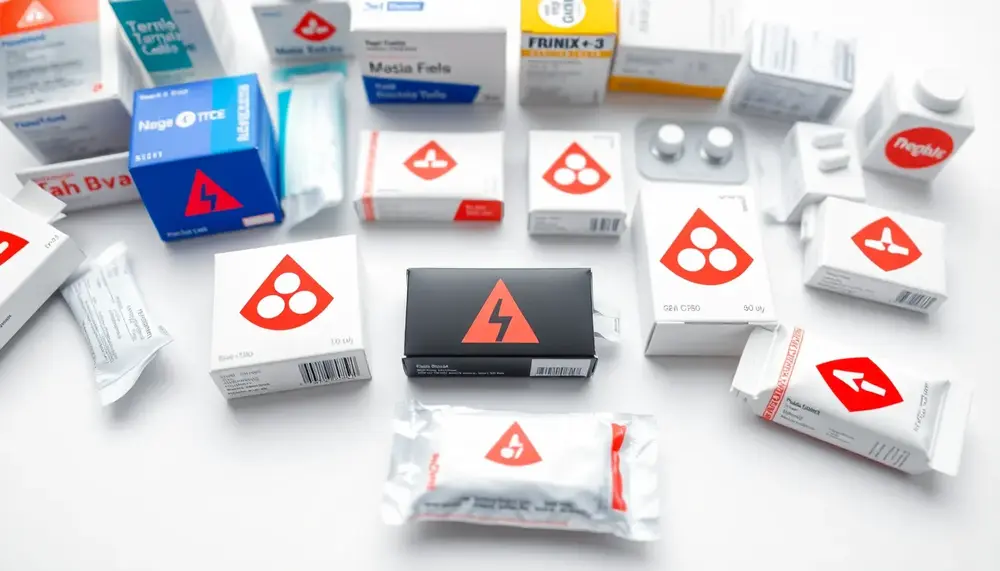Labeling Standards
Labeling Standards
Labeling Standards
In the world of packaging, labeling standards play a crucial role. These standards ensure that labels on products provide clear, accurate, and essential information to consumers. They help maintain consistency and compliance with legal requirements.
Why Labeling Standards Matter
Labeling standards are important for several reasons. First, they ensure that consumers get the information they need to make informed choices. Second, they help manufacturers avoid legal issues by complying with regulations. Finally, they promote transparency and trust between brands and customers.
Key Elements of Labeling Standards
There are several key elements to consider in labeling standards. These include:
- Product Name: Clearly state the name of the product.
- Ingredients: List all ingredients in descending order by weight.
- Net Weight: Indicate the net weight or volume of the product.
- Manufacturer Information: Provide the name and address of the manufacturer.
- Expiration Date: Include the date by which the product should be used.
Examples of Labeling Standards
Different regions have different labeling standards. For example, in the United States, the Food and Drug Administration (FDA) sets guidelines for food labels. In the European Union, the European Food Safety Authority (EFSA) provides similar guidelines. These standards ensure that labels are informative and accurate.
Conclusion
Understanding and following labeling standards is essential for anyone involved in packaging. These standards help ensure that products are labeled correctly, providing consumers with the information they need. By adhering to these standards, manufacturers can build trust and avoid legal complications.
Blog Posts with the term: Labeling Standards

Ensuring compliance in pharmaceutical packaging is essential for product integrity, patient safety, and regulatory approval. This article outlines key guidelines from major regulatory bodies like the FDA, EMA, ICH, WHO, and USP that govern material selection, design standards, labeling requirements,...

EU packaging regulations require businesses to minimize waste, enhance recyclability, and reduce hazardous substances. Compliance with the Packaging and Packaging Waste Directive is essential for market access in the EU....

Food contact materials (FCMs) must be safe as they can transfer substances into food, with safety ensured through rigorous assessments and migration tests. The FDA regulates FCMs in the U.S., requiring scientific evidence for approval or recognition under GRAS standards....

Tea packaging design is crucial for brand representation, customer engagement, and purchase decisions; it must also withstand shipping and reflect environmental responsibility through sustainable materials. Visual appeal in tea packaging influences consumer choice using color psychology, imagery, typography, tactile finishes,...

The article discusses the importance of understanding the packaging zone for beginners, emphasizing its role in product protection, branding, and environmental impact. It highlights material innovation, machinery advancements, strategic design for consumer influence, cost savings through optimization, safety enhancements during...

Pharmaceutical waste containers are essential for safely managing hazardous and non-hazardous pharmaceutical waste, protecting public health, the environment, and ensuring regulatory compliance. Choosing the right container involves understanding waste types, prioritizing features like durability, secure lids, clear labeling, and proper...

Packaging for cosmetic products is essential not only for protection but also plays a key role in branding, customer attraction, and market success; it enhances user experience through functional design. The packaging's visual appeal can influence purchasing decisions and brand...

Packaging responsibilities in the supply chain involve selecting appropriate materials and designs for product protection, branding, compliance with legal standards, and reverse logistics. Sustainable packaging practices are crucial for environmental responsibility and can offer cost savings and competitive advantages. Efficiency in...

Packaging is the physical container that protects a product, while labeling provides important information about it; both are crucial for market success and regulatory compliance. Packaging design can significantly influence consumer perception and purchasing decisions, whereas an emphasis on packaging...

Red alerts in pharmacy packaging are critical safety tools that use high-visibility design elements to prevent medication errors, benefiting both healthcare professionals and patients. By highlighting essential information like dosage limits or warnings against misuse, they enhance clarity, reduce risks...

Pharmaceutical packaging innovation is driven by new drug types, stricter regulations, digitalization, patient-centric design, sustainability demands, and global supply chain challenges. Modern processes integrate automation and data management to boost compliance and performance but face higher costs and complexity despite...

Pharmaceutical packaging in the EU plays a vital role beyond protection, ensuring safety, compliance, and sustainability while adapting to diverse market needs under strict regulations. Key frameworks like the Falsified Medicines Directive and European Green Deal drive innovation in traceability,...

Pharmacy vial packaging must comply with strict regulations for child-resistance, tamper-evidence, material safety, labeling, traceability, and environmental standards. Choosing advanced vial systems with features like universal caps and integrated security enhances both compliance and patient safety....

Packaging in the modern market has evolved from mere protection to a key element of branding and marketing, influencing consumer decisions through design and unboxing experiences. It communicates brand values, often without words, making it essential for competitive businesses and...

Pharmaceutical packaging is essential for ensuring the safety, efficacy, and integrity of medications by protecting them from contamination and environmental factors while meeting stringent regulatory requirements. Innovations in materials like aluminum foil, plastics, glass containers, and additives address evolving industry...
